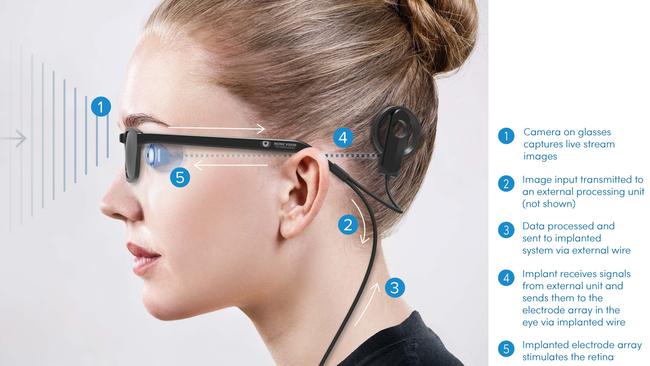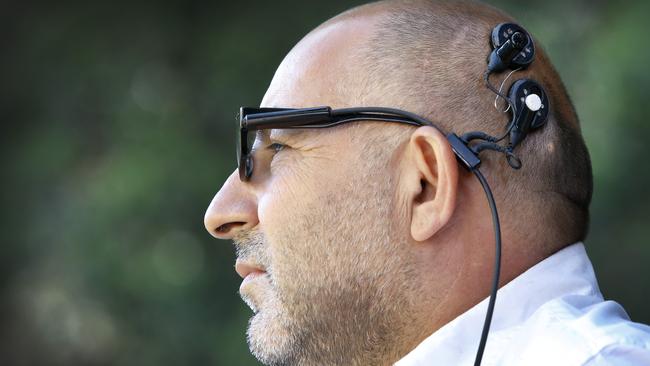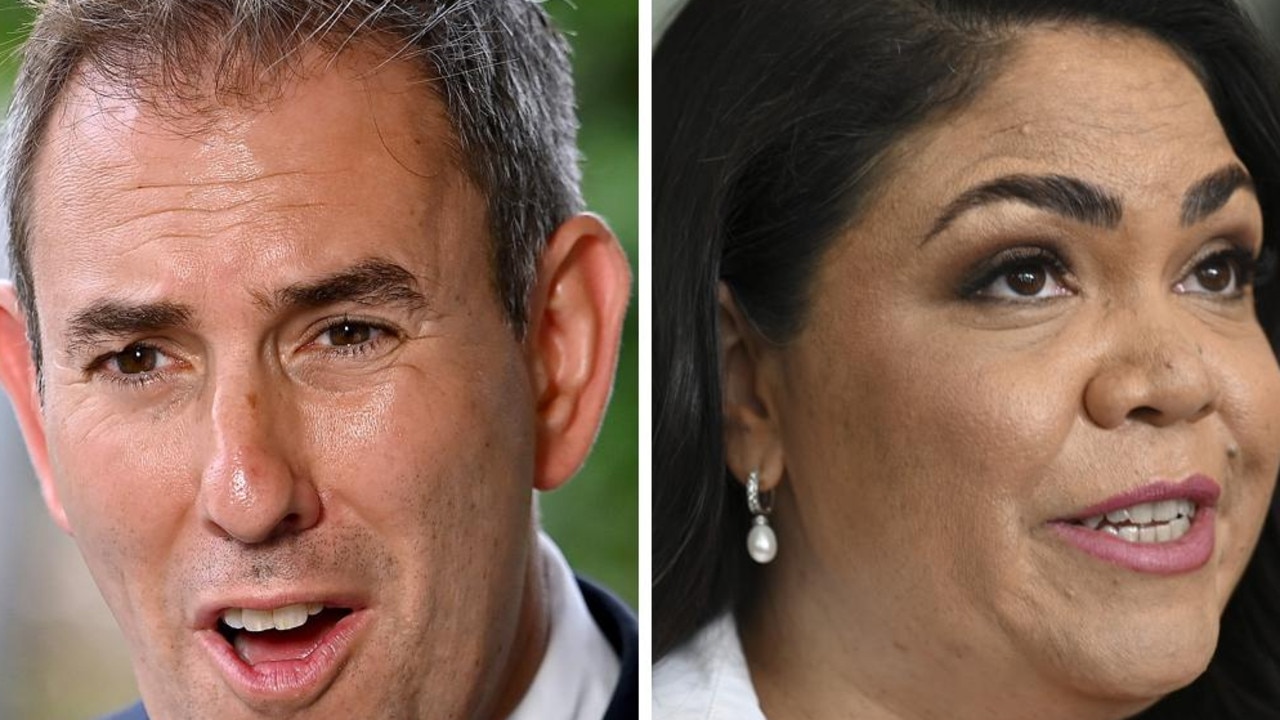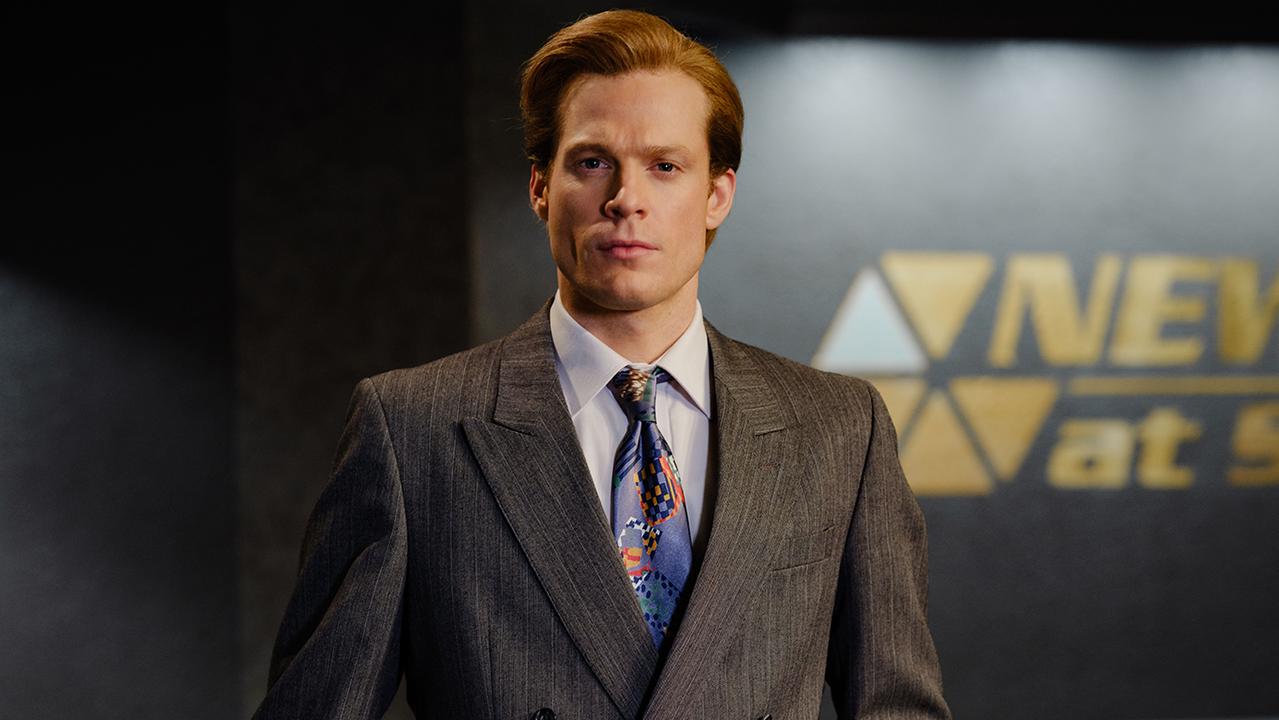Australian bionic eye lets the blind ‘see’ again for the first time in new trial
A bionic eye developed in Australia is now helping people like Sefa Kuzu, who has never seen the faces of his twins.

National
Don't miss out on the headlines from National. Followed categories will be added to My News.
Sefa Kuzu has never seen the faces of his twins.
The 50-year-old Melbourne father lost his sight to a degenerative eye disease before his son and daughter were born in 2005.
But with help from a bionic eye developed in Australia, he is seeing more of them for the first time.
“I can tell how tall they are and how wide they are,” he said.
The bionic eye, implanted in 2018, is also helping Mr Kuzu navigate everyday life, “when walking on the streets, not bump(ing) into cars parked on the driveways” and finding the tools he needs for his woodwork.
Mr Kuzu is one of four people currently trialling the bionic eye created in Melbourne that is now poised to enter global trials to gain marketing approval.
It’s thought the revolutionary device could be a lifeline to the 8000 Australians robbed of their sight by the degenerative genetic condition Retinitis Pigmentosa, which affects 1.5 million people worldwide and is the most common cause of inherited blindness.
News Corp Australia interviewed the four people currently trialling the device who said they were able to recognise objects on table tops, navigate obstacle courses, find doorways and make out the outlines of people nearby.

Triallists include Colleen Knowles, who has four children, 15 grandchildren, and two great grandchildren and has been able to take up people-watching after her implant.
“It’s not going to replace a guide dog or a cane but it enhances the experience. I can tell if there are trees in the nature strip,” Ms Knowles said.
Mark Boyd was declared legally blind in 1993 and told News Corp the bionic eye had allowed him to scan tables in cafes and locate objects.
And 42-year-old science fiction fan Scott Nixon, declared totally blind at the age of 21, is enjoying the jokes about his new sight upgrade.
“My sister and I are sci-fi nuts and when I first found out I was definitely getting the device I said ‘I’m going to be a cyborg’,” Mr Nixon said.
“There’s been a lot of Terminator and Robocop jokes.”
Users have to be trained to recognise the flashes of light the device transmits to electrodes surgically implanted behind their eye.
“We had one test where there was a hallway with a number of obstacles and it was like Indiana Jones or Ninja Warrior — we had to dodge the obstacles,” Mr Nixon said.
But the bionic eye is not powerful enough yet to allow them to read or to recognise facial features.
An enhanced model to be used in stage three trials to begin in 2022 will use artificial intelligence to allow facial recognition and specific object detection such as chair detection.

The device would be able to detect the faces of relatives and friends and verbally inform the user who they were looking at.
The new model to be trialled in 40 people in the US, China and Australia will also allow depth perception and let users see white clothing against a white background.
“We’re working on putting two cameras on the glasses and Nick Barnes from ANU has software that can then provide an interpretation of depth to the patients,” Associate Professor Penny Allen, Centre for Eye Research Australia, said.
One of the problems with the current device is when trees throw a shadow, the device interprets the shadow as being an object. Improved depth perception will solve that.
“That pivotal trial is what will then ultimately give us the commercial approval,” said Dr Ash Attia, chief executive of Bionic Vision Technologies, which is developing the product.
A study to be published shortly will report those using the device had 60 per cent fewer collisions with objects in a corridor when using the device than not using it.
The project received initial funding in 2010 as part of former Prime Minister Kevin Rudd’s 2020 summit, and last year the project received a further $1 million grant from the Federal Government’s Medical Research Future Fund to refine its vision processing algorithms.
The team needs a further $20 million to run the clinical trials needed to get the device to market.
More Coverage
Originally published as Australian bionic eye lets the blind ‘see’ again for the first time in new trial





